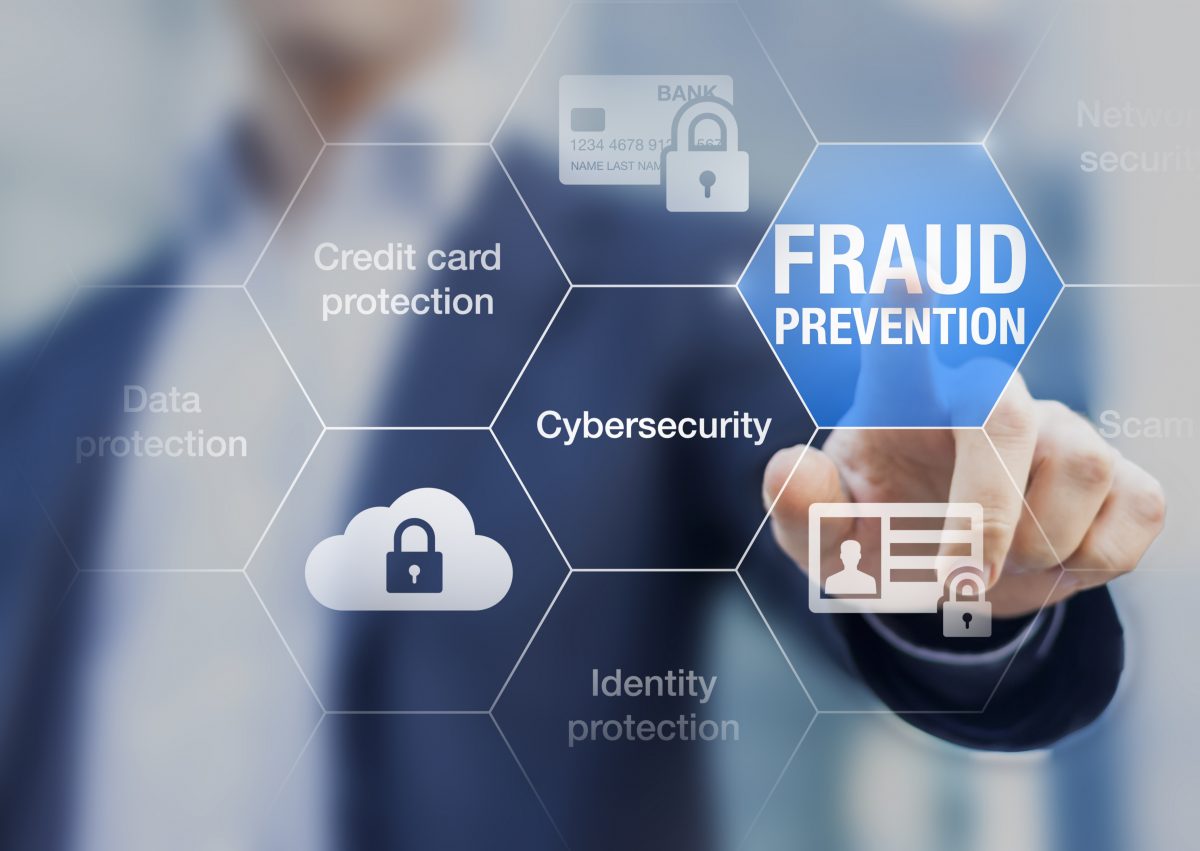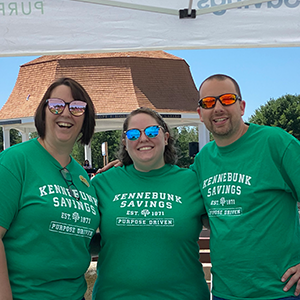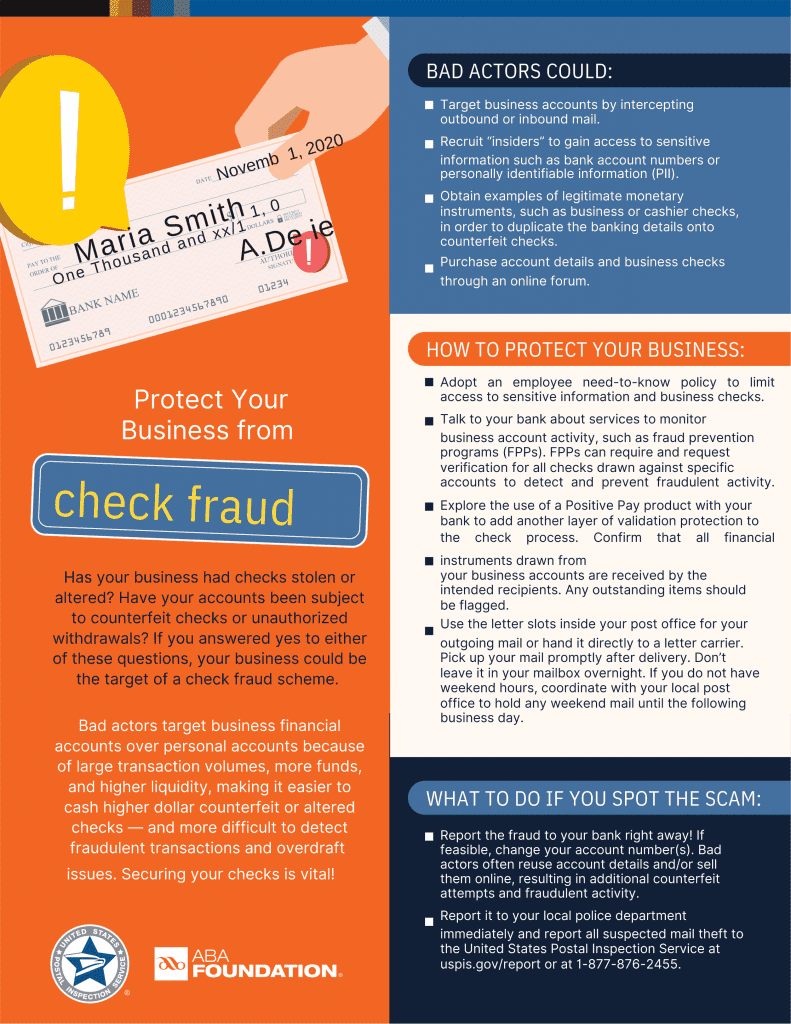
Fraudsters have become increasingly adept at getting cardholders to share the information they need to commit fraud by posing as financial institution call center agents, or by sending text messages that look like they are coming from a financial institution, warning of suspicious transaction activities. They are also known to call in to call centers posing as cardholders requesting changes to card information and parameters.
Fraudsters use information stolen through data breaches (at health insurance providers, reward program providers, credit bureaus, merchant terminals, and social media sites, to mention just a few recent ones) as well as through malware programs deployed on personal computers and other sources. Stolen personally identifiable information (PII) is combined with stolen card information, resulting in sufficient information to create profiles that fraudsters can use to position themselves as the actual cardholders.
Learn how you can avoid compromising your personal information:
- A text alert from Kennebunk Savings warning of suspicious activity on your card will NEVER include a link to be clicked. You should never click on a link in a text message that is supposedly from Kennebunk Savings. A valid notification from Kennebunk Savings will provide information about the suspect transaction and ask you to reply to the text message with answers such as ‘yes’, ‘no’, ‘help’, or ‘stop,’ and will never include a link.
- A text alert from Kennebunk Savings will always be from a 5-digit number and NOT a 10-digit number resembling a phone number. Text caller IDs will be 20733 or 37268.
- A phone call from Kennebunk Savings’ automated dialer will only include a request for your zip code, and no other personal information, unless you confirm that a transaction is fraudulent. Only then will you be transferred to an agent who will ask questions to confirm your identity before going through their transactions. If at any point you are uncertain about questions being asked or the call itself, hang up and call Kennebunk Savings directly.
- Kennebunk Savings will NEVER ask for the PIN or the 3-digit security code on the back of a card.
- Posing as call center agents, fraudsters will often ask cardholders to verify fake transactions. If you say no, you did not perform those transactions, the fraudster will then say that your card will be blocked, a new card will be issued, and that they need the card’s PIN to put on the new card. Many people believe this and provide their PIN.
- Regularly check your account(s) online for suspicious transactions, but especially if you are unsure about a call or text message you’ve received. If anything looks amiss, call Kennebunk Savings Customer Care directly at 1-800-339-6573 for assistance.
- If you have received a voice or a text message from Kennebunk Savings’ fraud call center and are unsure about responding to it, please call Kennebunk Savings Customer Care at 1-800-339-6573 directly for assistance.


